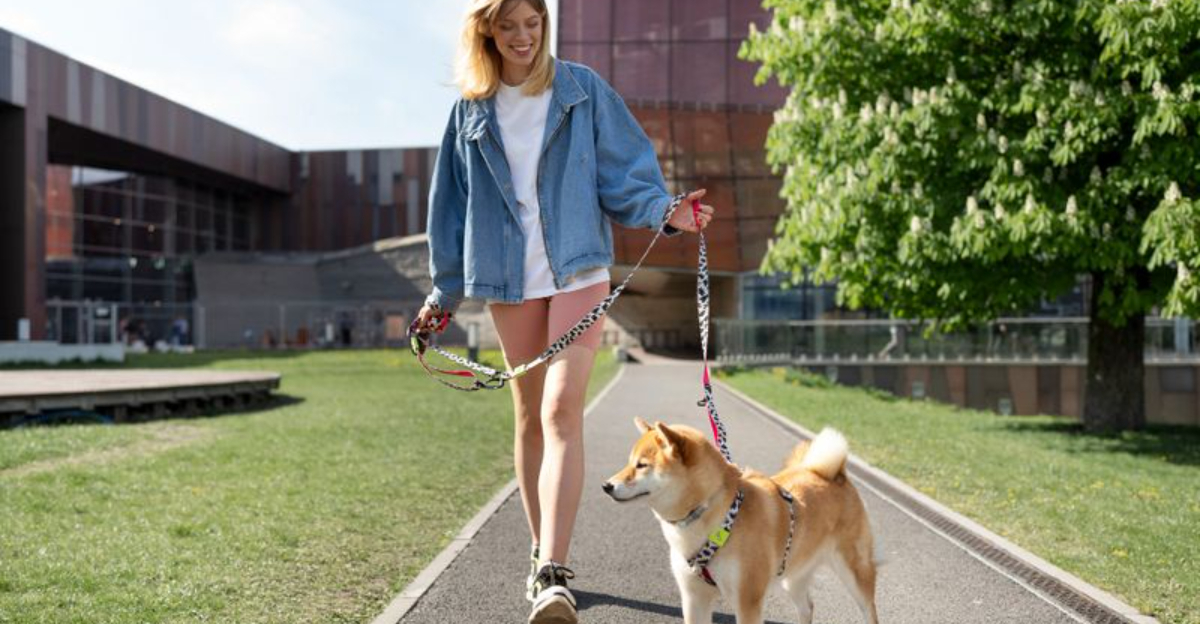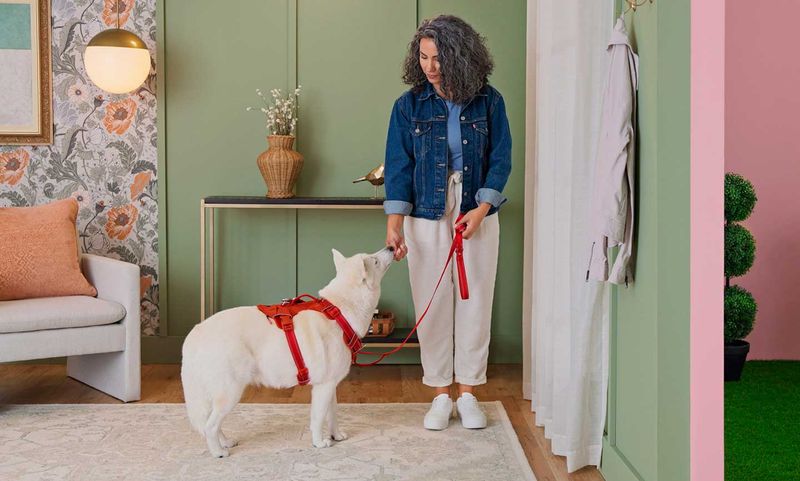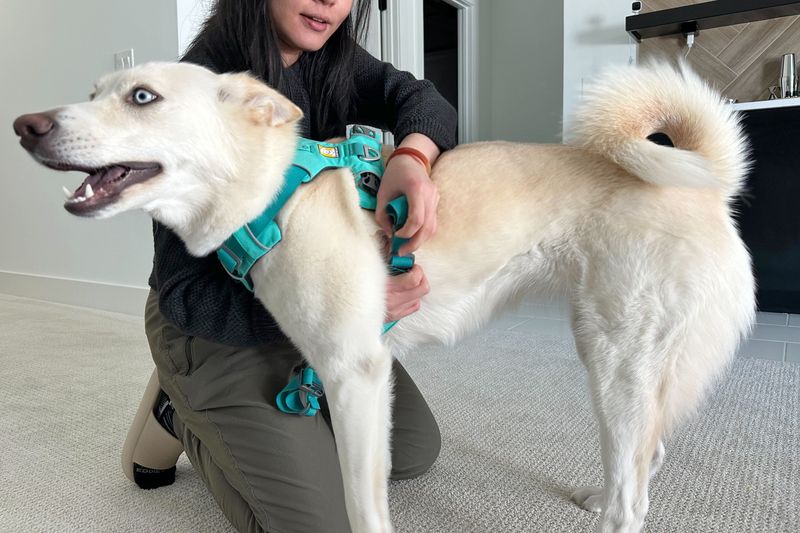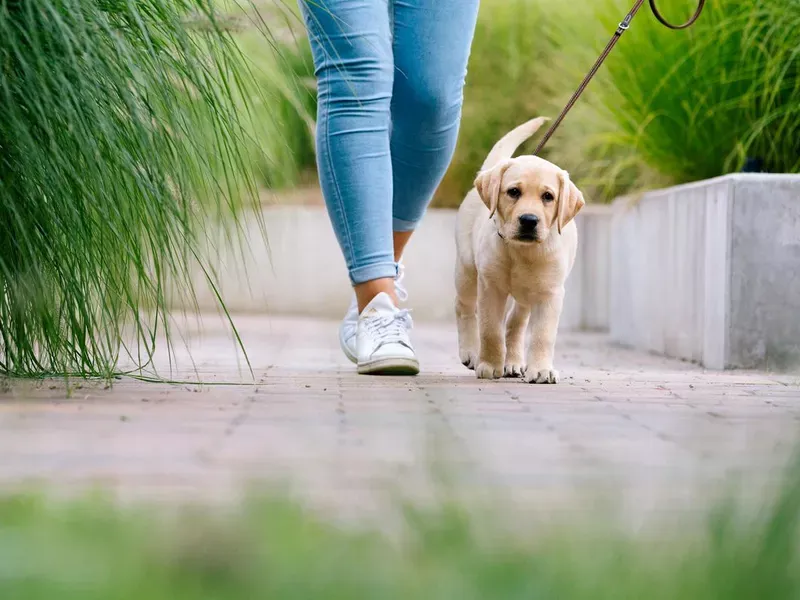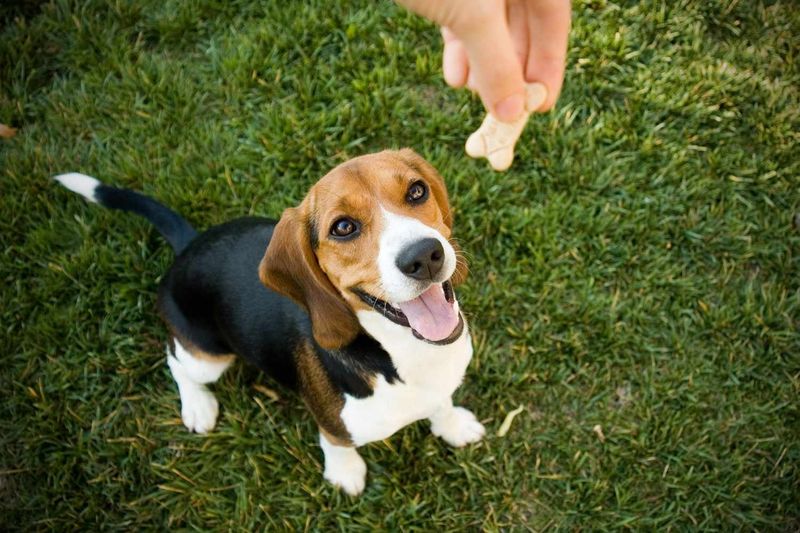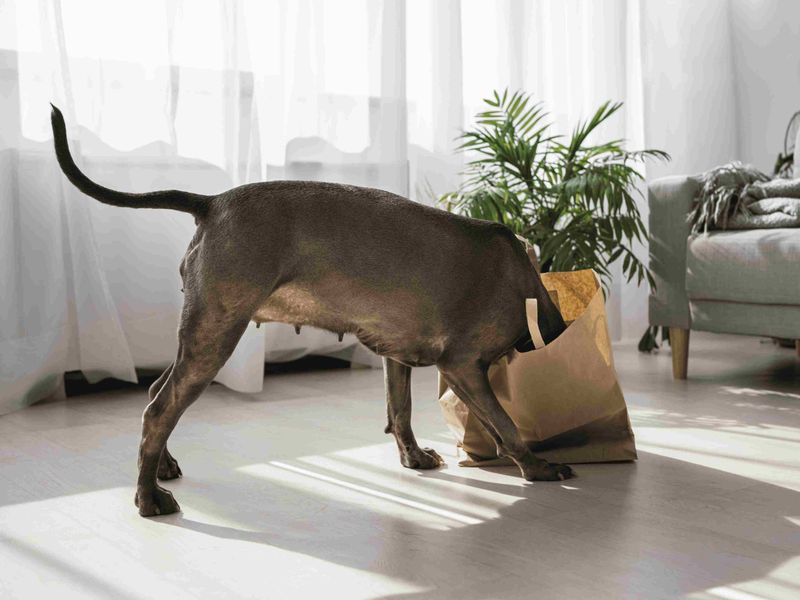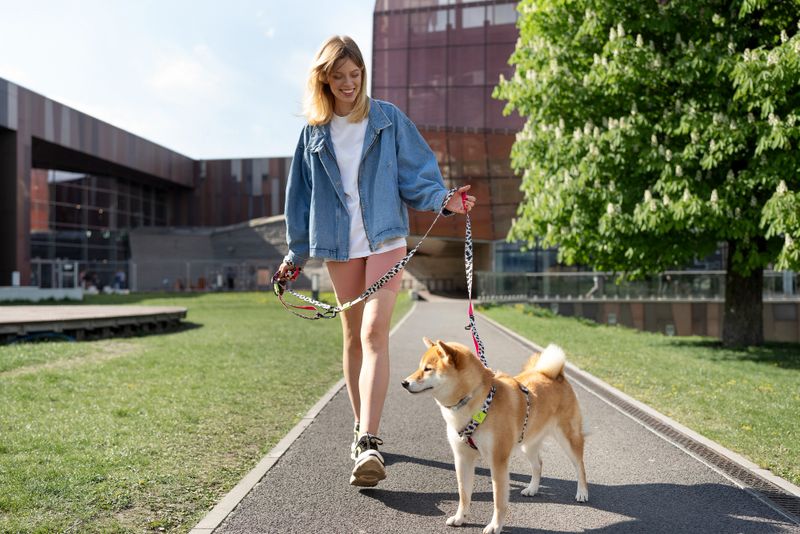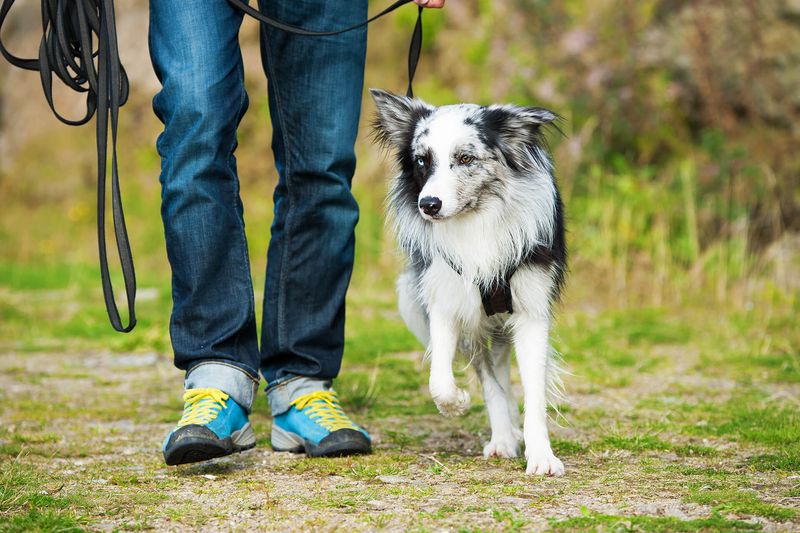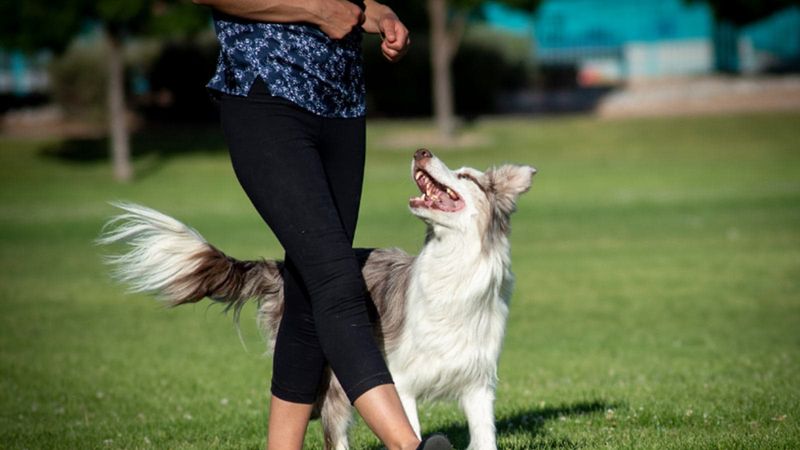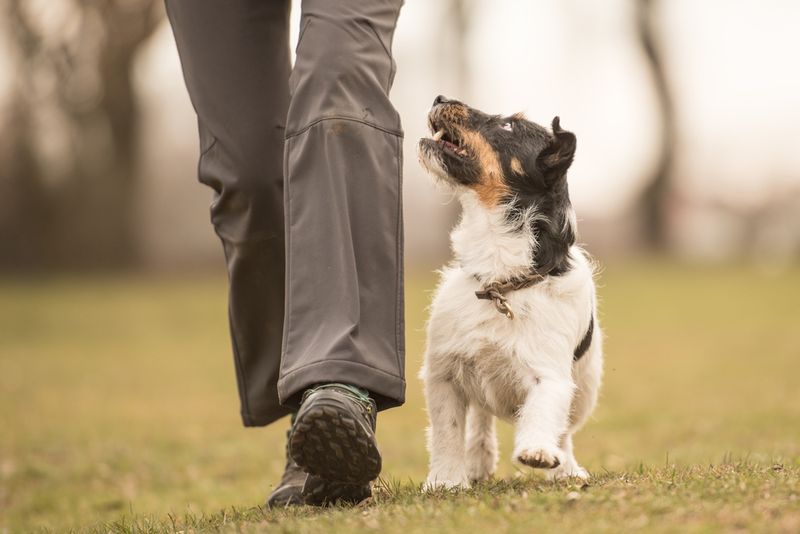Training your dog to walk on a leash is an essential skill that not only ensures their safety but also strengthens your bond with them. Cesar Millan, the renowned dog behavior expert, and the American Kennel Club (AKC) provide valuable insights into accomplishing this effectively. The following tips are designed to help you and your furry friend enjoy every outing together.
Start Indoors
Starting indoors can make the initial training easier and more controlled. With fewer distractions in your home, your dog can focus better on learning to walk by your side.
Practice in short sessions to build your dog’s confidence. Be patient, as this is new for them, and reward their progress with treats and praise.
Once your dog becomes comfortable indoors, gradually introduce them to other environments. This step-by-step approach helps them adapt without feeling overwhelmed, laying a strong foundation for outdoor adventures.
Use the Right Equipment
Choosing the right equipment is crucial for effective training. Opt for a sturdy, comfortable leash and a well-fitted collar or harness.
A harness can offer better control and reduce strain on your dog’s neck, especially for small breeds. Select tools that suit your dog’s size and temperament, ensuring their safety during training.
Experiment with different types to find what works best for both you and your pet. Investing in quality equipment can make the learning process smoother and more enjoyable.
Set a Routine
Dogs thrive on routine, and establishing a consistent walking schedule can enhance their learning. Stick to regular times for walks, creating a predictable pattern your dog can anticipate.
This regularity helps in building discipline and reduces anxiety, making the training process seamless.
Consistency in timing and location fosters a sense of security, encouraging your dog to relax and enjoy their walks. Over time, they will learn to associate the leash with positive experiences.
Positive Reinforcement
Positive reinforcement is a powerful tool in leash training, transforming the experience into a rewarding journey. Use treats, verbal praise, and gentle pats to encourage desired behaviors.
Celebrate small victories to motivate your dog and build their confidence. This positive approach fosters trust and strengthens your bond.
Remember, patience is key – rewarding your dog’s progress, no matter how small, will encourage continued success in their training. Over time, your pet will look forward to these sessions with enthusiasm.
Gradual Exposure
Introduce your dog to the outside world gradually, starting with quiet areas before moving to busier locations.
This gentle exposure helps them acclimate to different sounds, smells, and sights without feeling overwhelmed. Gradual exploration builds their confidence and prepares them for diverse situations.
Take cues from your dog’s comfort level, adjusting your pace accordingly. This thoughtful approach ensures your dog’s transition to outdoor walking is smooth and enjoyable.
Practice Patience
Patience is a virtue when training your dog to walk on a leash. Recognize that every dog learns at their own pace.
When setbacks occur, remain calm and encourage through gentle guidance. Your composed demeanor reassures your dog and fosters a positive learning environment.
Celebrate small achievements and view challenges as opportunities for growth. Consistent patience will lead to long-term success, enriching the leash training experience for both you and your dog.
Consistency is Key
Consistency in commands and actions is fundamental for successful leash training. Use the same cues and techniques every time you train.
Repetitive reinforcement helps your dog understand expectations, aiding their learning process. Consistency fosters a stable environment where your dog feels secure and confident.
With time, they will respond predictably to your commands, making walks more enjoyable and less stressful for you both.
Adapt to Your Dog’s Needs
Every dog is unique, and adapting your training to suit their needs is crucial. Observe your dog’s behavior and adjust your methods accordingly.
Some dogs may need more time to adjust, while others may benefit from additional challenges. Tailor your approach to align with their individual temperament and learning style.
This adaptability ensures your dog remains engaged and motivated, fostering a positive learning experience. Celebrate their progress and adjust as needed to support their growth.
Stay Calm and Confident
Your demeanor greatly influences your dog during leash training. Stay calm and confident, as your energy directly affects your pet.
When faced with distractions or challenges, maintain a steady composure to reassure your dog. Your confidence will encourage them to emulate your behavior.
This shared calmness fosters trust and enhances your bond, making walks a harmonious experience. Your dog will learn to mirror your stability and respond positively to environmental stimuli.
End on a Positive Note
Concluding each training session on a positive note reinforces good behavior and ensures your dog looks forward to future walks.
Reward your pet with treats, playtime, or affection to mark their success. This positive ending leaves a lasting impression, reinforcing their enjoyment.
Ending positively strengthens your relationship and encourages your dog’s ongoing enthusiasm for leash training. Over time, walks will become a cherished activity for both you and your furry companion.
